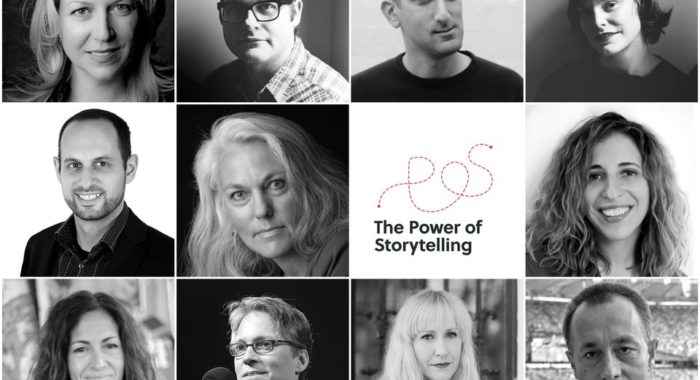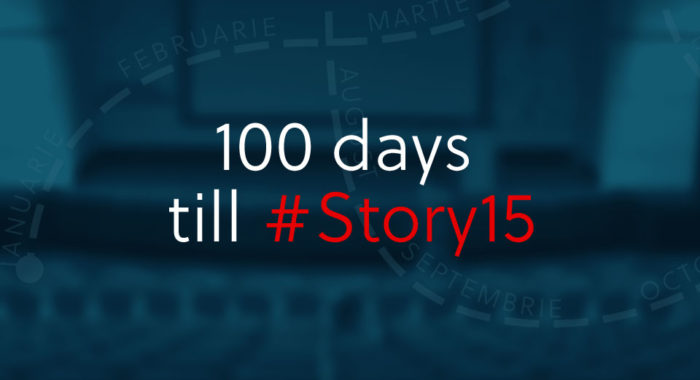
One can imagine people’s bewilderment when Mindy Fullilove, a research psychiatrist at New York State Psychiatric Institute and a professor of clinical psychiatry and public health at Columbia University, reveals that her chronically ill patients are cities. Her research analyses the connection between decaying cities and the effect they have on the mental health of the communities they foster.
She confesses that growing up in Orange, New Jersey, which her father used to call “a dirty little Jim Crow town going nowhere”, she was more interested in books than buildings. She left the city when she was 16, continuing the tradition of her father who fled his hometown when he was 13. But the image of the vibrant main street and the pleasant afternoons spent in her favorite library persisted in her memory. Therefore, in the late 2000s, when this focal point of American towns was declared dead, she decided to start a project about main streets. In addition, she was suffering from hyperparathyroidism and she had an unrelenting feeling of being dead, so she thought of going to various main streets and be dead together.
“When disaster falls, it doesn’t fall on a fresh snowy field, it falls on this history: the accretion of generations of decisions, all of which have been unmitigated disasters.”
Her initial goal was to travel to 100 main streets in the US and abroad, in order to explore how these focal points of cities connect with public health and to prove to ‘doomsayers’ that the main street is, in fact, alive. She exceeded her goal, visiting 129 cities in the US, Canada, South Africa and Europe, documenting everything on her blog. When she revisited Orange she discovered that instead of a flourishing center, the newly built expressway just two blocks away from it had left a dramatic mark on the core of the city. “On either side of it, the buildings are sagging, some tumbling over. Like a weak heart, this central emptiness can’t support the vitality that Orange needs to be the vibrant hometown of tomorrow. Empty lots, dead grasses, and trash add to the tumbleweed look,” Mindy wrote.
Inequality also played an important part in Mindy’s research, coming from a family that valued social and moral justice. Her parents worked to desegregate the schools in Orange and she attended public school where she was “bullied for being a nerdy, biracial kid in a racially divided, working-class town”. Therefore, more recently, she studied the long-term impact of urban renewal policies that swept away entire African-American communities on the population’s health and well-being. The diagnosis she came up with was “root shock”: a traumatic stress reaction related to the destruction of one’s emotional ecosystem. The term she coined was also adopted by urban planners and community psychologists. This isn’t a surprise, as all her books draw a connection between various fields such as medicine, architecture, anthropology, social psychology and narrative studies, encouraging professionals from different areas to collaborate and heal our increasingly ill cities.
Register here for #Story17 and come meet Mindy and the other speakers in October.



